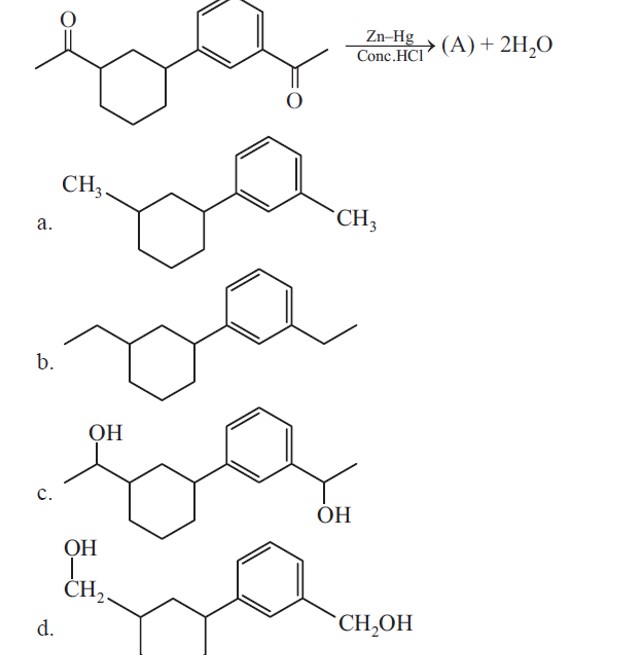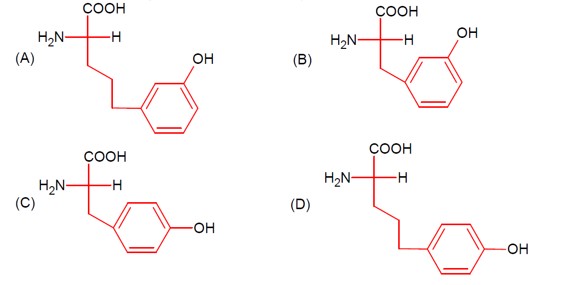Biomolecules
Get insights from 151 questions on Biomolecules, answered by students, alumni, and experts. You may also ask and answer any question you like about Biomolecules
Follow Ask QuestionQuestions
Discussions
Active Users
Followers
New answer posted
2 months agoNew answer posted
2 months agoContributor-Level 10
Ketones are reduced into hydrocarbons using Zn – Hg/HCl (Clemmenson reduction).
New answer posted
2 months agoContributor-Level 10
Tyndall effect is exhibited by colloidal solutions.
Starch solution is a colloidal solution
New answer posted
2 months agoContributor-Level 9
Fat-soluble vitamins are stored in our body for a relatively longer duration as compared to water-soluble vitamins.
- Vitamin B and C are water-soluble. (Thiamine is vitamin B1, while ascorbic acid is vitamin C).
- Vitamin A and vitamin D are fat-soluble, so they are stored in our body for a relatively longer duration.
New answer posted
2 months agoContributor-Level 10
In proteins, the secondary structure (such as α-helices and β-sheets) is stabilized by hydrogen bonds formed between the carbonyl oxygen of one peptide bond and the amide hydrogen of another.
New answer posted
2 months agoContributor-Level 9
CH? (methane) is produced / generated from paddy fields. And methane leads to both global warming and photochemical smog.
CO? is used in photosynthesis, acid rain etc. but methane is not consumed.
So methane is a stronger global warming gas than CO?
New answer posted
2 months agoContributor-Level 10
Linear: N? (azide ion)
Bent-shape: O? (ozone), NO? (nitrite ion), Cl? O (dichlorine monoxide)
Taking an Exam? Selecting a College?
Get authentic answers from experts, students and alumni that you won't find anywhere else
Sign Up on ShikshaOn Shiksha, get access to
- 65k Colleges
- 1.2k Exams
- 679k Reviews
- 1800k Answers


